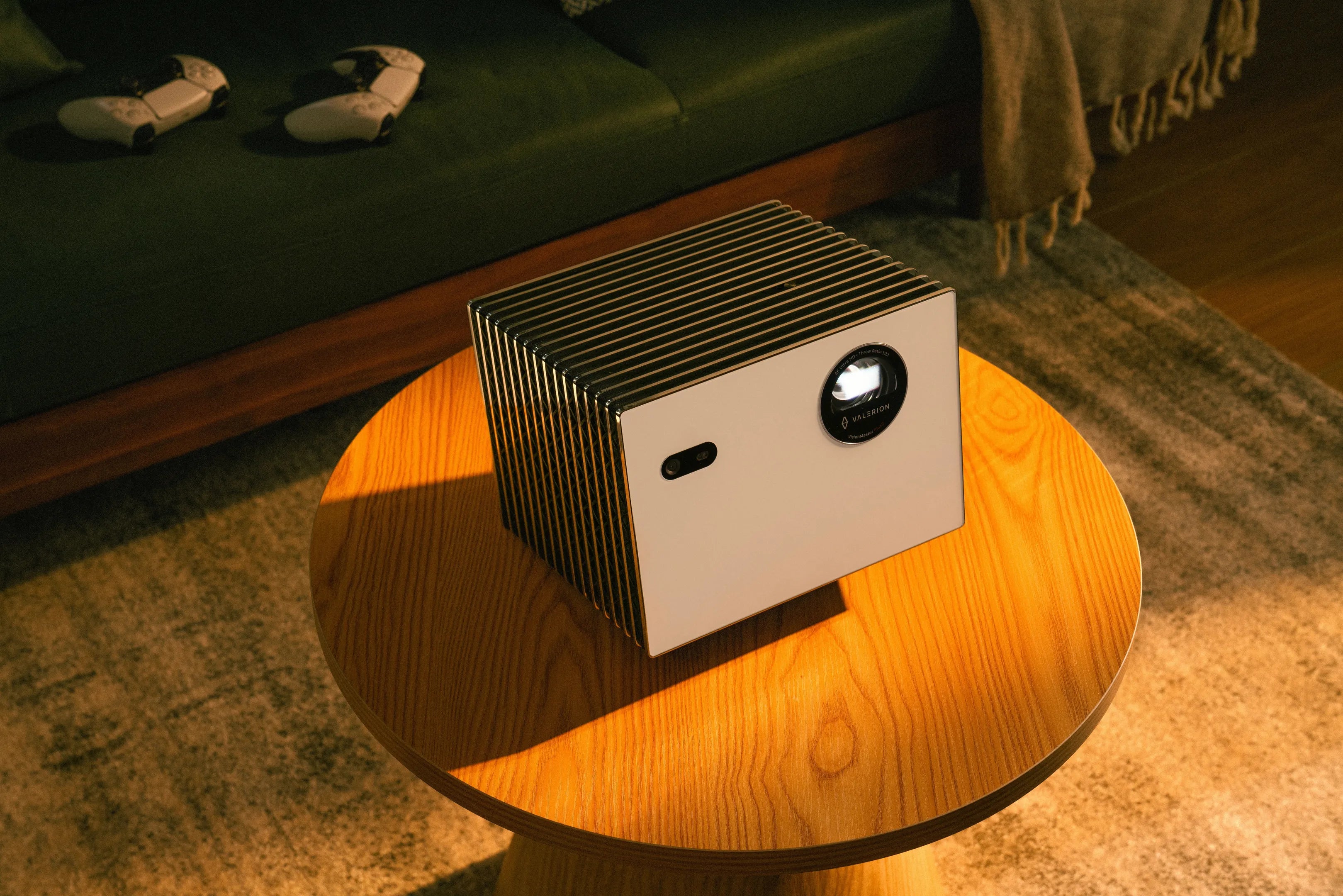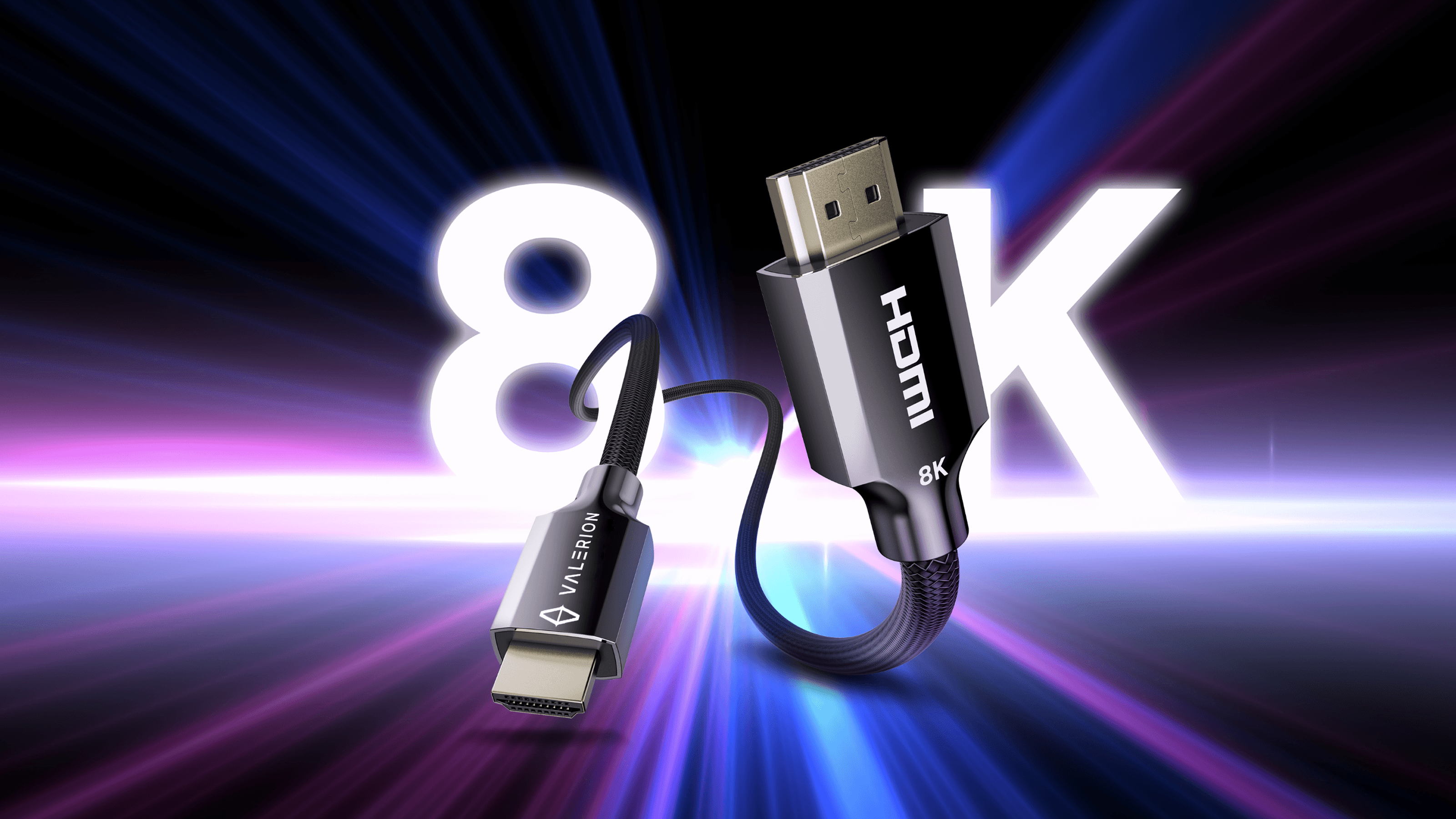Should You Turn Off Your Projector or Leave It On?
Did you know that the simple act of leaving your projector on or turning it off at the wrong time could significantly impact its lifespan and your energy bill? Many projector owners grapple with this exact question, seeking ways to save money, extend their device's life, and reduce energy consumption. In this post, we'll dive into the critical factors you need to consider, including energy costs, bulb lifespan, effective heat management, and practical tips to help you make the best decision for your projector.
Understanding Projector Power Usage
Projectors consume energy differently based on their operational state. When actively projecting, most models draw between 100 to 300 watts, with the exact amount varying depending on factors like brightness settings, resolution, and the specific technology (e.g., LCD, DLP, LED). This active power usage is what drives the lamp or light source and powers the internal components for image processing and cooling.
In contrast, when a projector is turned off but still plugged in, it typically enters a "standby" mode. In this mode, power consumption is negligible, often ranging from 0.5 to 5 watts, depending on the model and whether features like network standby are enabled. While this phantom load is small, it can add up over time. For example, a 200-watt projector used for eight hours a day at an electricity rate of $0.15 per kWh could cost approximately $87 annually, demonstrating that even modest power consumption contributes to your overall energy expenditure.
Impact on Projector Lifespan
The decision to leave a projector on or turn it off significantly impacts its lifespan, particularly concerning its light source. Traditional lamp-based projectors, which utilize UHP (Ultra High Performance) lamps, typically have a lifespan ranging from 2,000 to 6,000 hours. While very frequent on/off cycles can theoretically cause some minor stress due to rapid temperature changes, the more substantial concern with continuous operation is the consistent generation of heat. Prolonged heat exposure can accelerate the degradation of not only the lamp itself but also other internal components like color wheels and optical elements.
For newer laser projectors, the situation is somewhat different. For example, the Valerion VisionMaster Pro 2 with its RGB triple laser technology, rated for over 25,000 hours, is more resilient to power cycling and generates less heat over time.
However, even with laser technology, turning the projector off when not in use is still beneficial. This practice allows the internal components to cool down completely, reducing long-term heat stress and potentially extending the overall operational life of the device, even if the laser itself is robust.
Pros and Cons of Leaving a Projector On
Deciding whether to leave your projector on involves weighing the benefits of immediate readiness against potential drawbacks related to energy and longevity.
Pros of Leaving a Projector On
For environments where a projector is used frequently throughout the day, such as classrooms, conference rooms, or retail displays, leaving it on offers significant convenience. You avoid the waiting period associated with warm-up and cool-down cycles, which can range from 30 seconds to several minutes, ensuring the projector is always ready for immediate use.
Cons of Leaving a Projector On
The primary downsides of continuous operation are higher energy consumption and increased electricity costs. Running a projector constantly generates significant heat, which can lead to faster degradation of internal components, ultimately shortening the projector's overall lifespan. Furthermore, unnecessary power usage contributes to a larger environmental footprint.
Pros and Cons of Turning a Projector Off
Conversely, intentionally turning off your projector when not in use can offer benefits for both your wallet and the device itself, though it comes with its own set of minor inconveniences.
Pros of Turning a Projector Off
The most immediate advantages of powering down your projector are saving energy and reducing your electricity bills. By minimizing operational hours, you also effectively extend the lifespan of the bulb or laser light source and other internal components by reducing prolonged heat exposure. This practice is also a more eco-friendly choice, lowering your overall energy consumption.
Cons of Turning a Projector Off
The main drawback is the inconvenience of warm-up and cool-down periods each time you power the projector on or off. While some older models might experience minor wear from frequent power cycling, this concern is significantly less significant with modern projectors and their more robust light sources and cooling systems.
Best Practices for Projector Use
Optimizing your projector's performance and longevity involves adopting smart usage habits. Here are key practices to ensure your device serves you best.
- Turn Off When Not in Use: If your projector will be idle for more than 30-60 minutes, power it down completely to conserve energy and minimize internal heat buildup.
- Use Eco Mode: Engage your projector's eco or low-power mode whenever possible; it reduces brightness, energy consumption, and heat output, extending component life.
- Allow Proper Cool-Down: Always permit the projector's cooling fan to complete its cycle after shutdown. This crucial step dissipates residual heat, preventing damage to internal components.
- Consider Usage Patterns: For very brief intermissions, such as 10-15 minute breaks, utilizing standby mode might be more practical than a full power cycle to maintain readiness.
- Regular Maintenance: Keep your projector’s filters and vents clean. This essential maintenance prevents dust accumulation and ensures efficient cooling, regardless of how often you power it on or off.
By following these best practices, you can significantly extend your projector's lifespan and improve its efficiency.
Special Considerations for Different Projector Types
Projector technology has evolved significantly, offering a range of models tailored for diverse applications. Understanding the unique characteristics and optimal usage practices for each projector type is crucial for maximizing their lifespan, maintaining performance, and ensuring energy efficiency. This section delves into specific considerations for home theater, business/education, and portable projectors.
Home Theater Projectors
Designed for immersive viewing experiences, home theater projectors are typically used for dedicated entertainment sessions. Given their often high light output and the desire for optimal image quality, it's generally recommended to turn these projectors off when not in active use. This practice helps preserve lamp life and prevents unnecessary heat buildup.
Business/Education Projectors
In professional and educational settings, projectors are integral to presentations and lessons. While they may be left on during a continuous session, it's advisable to power them down between different presentations, classes, or extended breaks. This balances the need for quick readiness with the benefits of energy conservation and component longevity.
Portable/Mini Projectors
Portability is the hallmark of these compact devices. For battery-powered portable and mini projectors, conscientious power management is key. Always turning them off when not in use is essential to conserve battery life, ensuring they are ready for impromptu presentations or entertainment on the go without requiring frequent recharging.
By adhering to these specific guidelines for each projector type, users can significantly extend the life of their devices, optimize their performance, and contribute to energy savings, ultimately enhancing their overall projection experience.
The Final Thought
Ultimately, the decision to turn off your projector or leave it on hinges on a balance between convenience, cost-efficiency, and extending the device's lifespan. While specific usage patterns for home theater, business, and portable projectors offer nuanced best practices, the general rule of thumb favors powering down when not in active use. This simple habit significantly contributes to energy savings, reduces wear and tear on internal components, and lessens your environmental footprint.
We'd love to hear how you manage your projector! Share your habits in the comments below, and explore our other guides for more tips on optimizing your projection setup.






